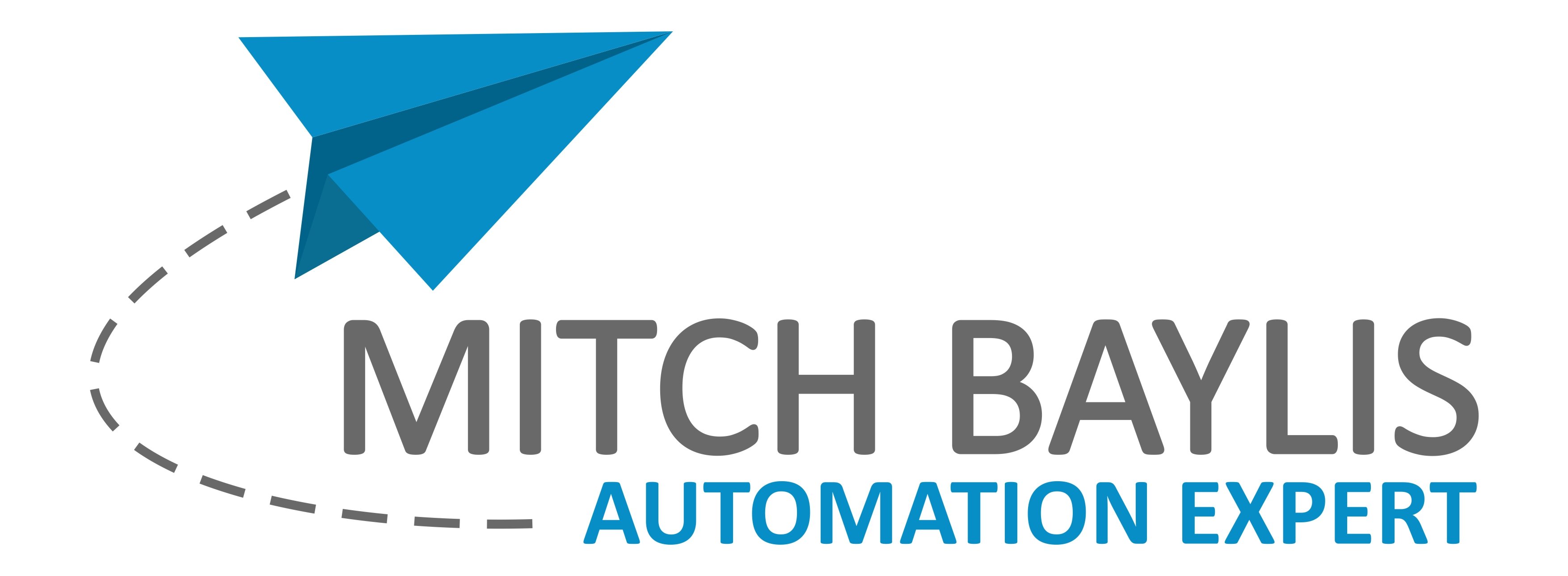Welcome, automation enthusiasts! Today, we’re diving into the fascinating world of triggers in Make.com. Understanding the different types of triggers—particularly acid triggers and instant triggers—can revolutionize your automation workflows. Whether you’re working with Bubble.io or any other platform, mastering these triggers will elevate your automation game to new heights. Ready? Let’s get started! 🚀
Understanding Acid Triggers
An acid trigger in Make.com watches for changes in a specific record type. For example, in Google Drive, an acid trigger can monitor files that are created or modified. You can customize it to watch for newly created files or altered files, making it incredibly flexible for various tasks.
Setting Up an Acid Trigger
To set up an acid trigger, you’ll need to:
- Choose the record type you want to monitor (e.g., files in Google Drive).
- Select the specific actions to watch (e.g., file creation or modification).
- Specify the folder and file type, if necessary.
- Set a limit on how many files it should return each time it runs.
Here’s a pro tip: If you’re setting up this trigger for the first time, you can opt to fetch all the previous files by selecting the ‘All’ option. Alternatively, you can set a specific date or choose to monitor only new files from now on.
How Acid Triggers Work
When an acid trigger runs, it asks Google Drive (or any other app) if there are any newly created or modified files. If there are, it pulls those files into your scenario. You can set it to check for updates at regular intervals, like every 15 minutes or once a day.
For example, if you have a limit of 100 files, the trigger will only return up to 100 files each time it runs. If there are more than 100 files, it will continue fetching the next set of files in subsequent runs.
Instant Triggers: The Power of Webhooks
Instant triggers are activated by webhooks and are ideal for scenarios where you need immediate action. However, they come with some limitations and potential reliability issues.
Setting Up an Instant Trigger
To set up an instant trigger:
- Configure a webhook URL in your app.
- Ensure your app sends data to this webhook whenever a specific event occurs.
- Set up your scenario in Make.com to receive and process this data instantly.
The Pros and Cons of Instant Triggers
Instant triggers are fantastic for immediate actions, like form submissions or critical updates. However, they can be unreliable if your account has a limited capacity for webhook storage. If more webhooks are sent than your account can handle, some data might be lost.
For instance, if your account can store up to 100 webhooks and 200 updates occur simultaneously, only the first 100 will be captured. To mitigate this, you can set the webhook to run less frequently, such as once a day, but this may defeat the purpose of an ‘instant’ trigger.
Comparing Triggers: Acid vs. Search vs. Instant
Each trigger type has its own strengths and weaknesses:
- Acid Triggers: Best for monitoring ongoing changes. They only fetch new or modified records since the last check.
- Search Triggers: Good for returning a specific batch of records. However, they may not be as efficient for ongoing monitoring.
- Instant Triggers: Ideal for immediate actions but can be unreliable for large volumes of data.
When to Use Each Trigger
Use acid triggers for regular, ongoing monitoring of changes. Opt for search triggers when you need a specific set of records without continuous updates. Choose instant triggers for immediate actions but be mindful of their limitations.
Best Practices for Using Triggers in Make.com
- Always test your triggers in a controlled environment before deploying them.
- Monitor your webhook storage limits to avoid data loss.
- Combine different triggers if necessary to achieve the best results.
- Keep your scenarios as simple as possible to ensure reliability and ease of maintenance.
By understanding and utilizing these triggers effectively, you can optimize your workflows and make your automation processes more robust and efficient. Happy automating! 🤖✨
Recent Posts
Zapier vs. Make.com: Which Business Automation Tool is Right for You?
Hey there, automation enthusiasts! 🚀 Today, we’re diving into a face-off between two business automation giants: …
Why I Switched from Calendly to Acuity: A Comprehensive Guide to Better Business Automation
🚀 In the ever-evolving landscape of business automation, choosing the right tools can make or break …
Master Bubble.io: Fixing Repeating Group Issues with Nested Elements
Hey there, fellow Bubble.io enthusiasts! Are you struggling with nesting elements within repeating groups? 🤔 You’re …



